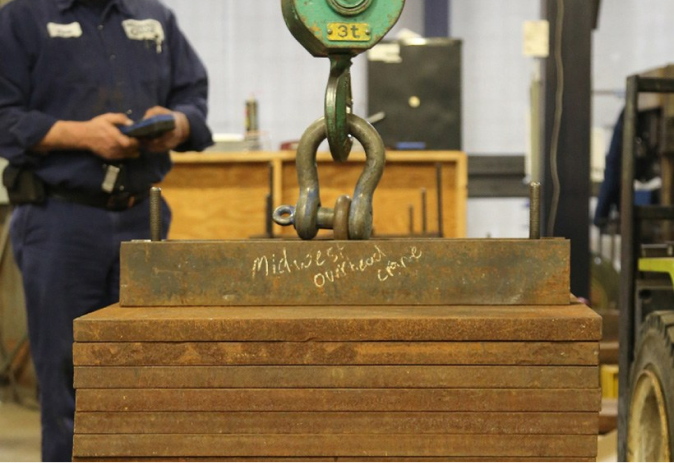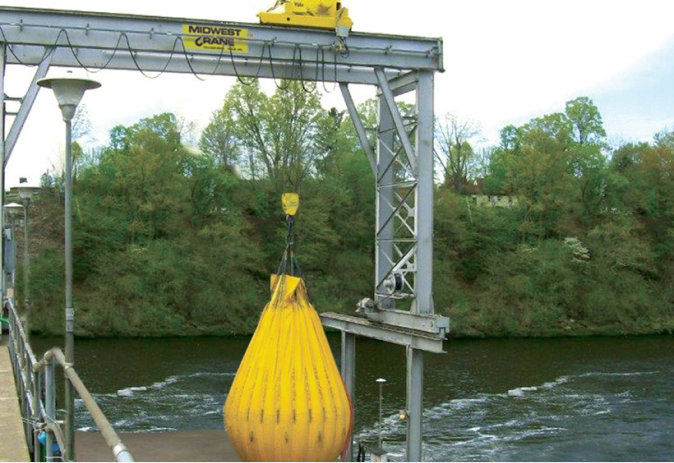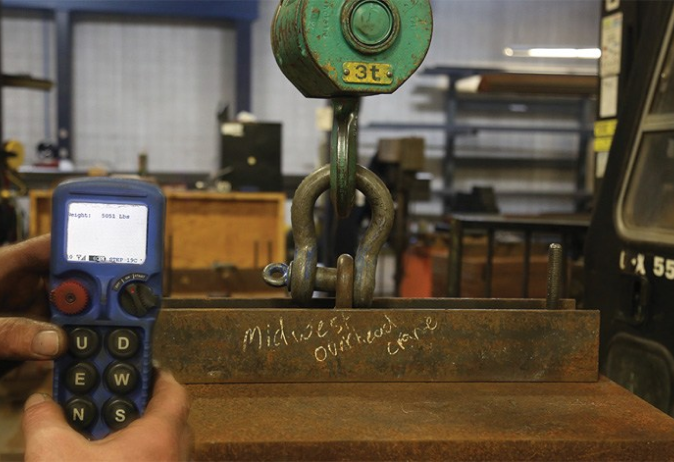Load Testing
A load test is performed to verify that a specific crane or hoist will safely perform all of its functions while supporting a test load whose weight is at least equal to the equipment’s rated capacity.
Load tests confirm the ability of the crane and hoist to safely operate as intended, so they must be completed whenever overhead lifting equipment is newly installed, altered, repaired, or modified before being placed into service. Existing crane and hoist systems should be load tested at a minimum of once every four years.
The test load used must be at least 100% and no more than 125% of the equipment’s rated capacity unless otherwise recommended by the original equipment manufacturer (OEM). The weight itself should be certified prior to testing. Load tests should be dynamic, meaning they should confirm that the overhead crane and hoist functions safely and properly as they move to lift and lower the test load and transport it over the length of the bridge and runway. All findings and reports should be kept on file for the lifetime of the equipment.

OSHA Load Tests
OSHA standards: OSHA 1910.179(b)(3) and OSHA 1910.179(k)(2): Modified or rerated cranes shall be load tested. Test loads shall not be more than 125% of the rated load unless otherwise recommended by the manufacturer. The test reports shall be placed on file where readily available to appointed personnel.

Portable Hoist Load Testing
Our portable load test stands are designed to test manual hoists and powered hoists at your facility. Our hoist load testers are able to perform load tests of up to 10 Ton and were designed to test hoists in accordance with ANSI/ASME B30.16 and B30.21 requirements.

Annual Inspections
EASY TO USE REPORTS: We provide inspection reports in a smart, simple format that’s easy for busy managers to quickly understand. A typed, no-nonsense report with a list of parts recommended based on inspections and installation options.
Make Load Test Compliance Easy
Our technicians and inspectors perform thousands of load tests per year using certified weights, water weights or static testing using a dynamometer. Once the load test is performed and passes, you will receive documentation to have on hand.

